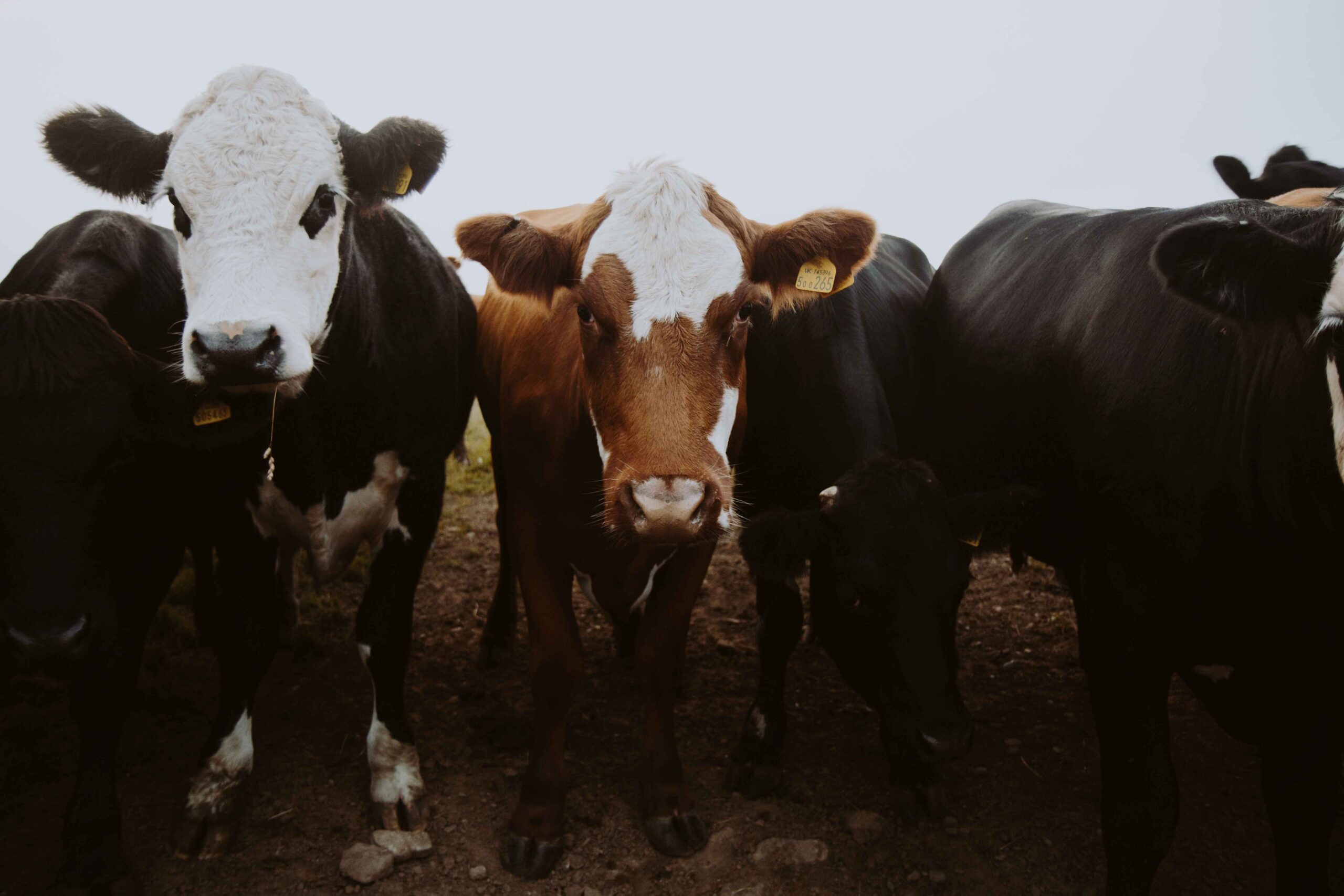The Federal Government verified the first recorded case of anthrax in Nigeria this Monday, tracing the Anthrax outbreak in Nigeria back to a farm in Niger State.
This development comes on the heels of reports last month by Nigerian experts, warning about an outbreak of the disease in neighbouring West African nations. The Federal Government had urged Nigerians to avoid consuming hides, colloquially referred to as ‘ponmo’, amid growing concerns about the disease.
The Federal Government had earlier raised an alarm about the widespread presence of anthrax in northern Ghana, on the borders of Burkina Faso and Togo. They promised Nigerians updates regarding developments around the disease.
The Federal Ministry of Agriculture and Rural Development expressed deep concern over the confirmation of an anthrax case in Niger State, Nigeria. The statement released in Abuja on Monday confirmed that the Chief Veterinary Officer of Nigeria was notified on July 14, 2023, of suspected anthrax symptoms in animals on a farm in Suleja, Niger State.
The farm, housing multiple species including cattle, sheep, and goats, is located in Gajiri, along the Abuja-Kaduna expressway. Several animals displayed alarming symptoms, such as blood oozing from various body openings like the anus, nose, eyes, and ears.
In response, a rapid response team comprised of federal and state’s One Health Professional Team conducted a preliminary investigation and collected samples from the afflicted animals. Subsequent laboratory tests by the National Veterinary Research Institute confirmed the diagnosis, marking the first recorded case of anthrax in Nigeria in recent years, and following reports of an anthrax outbreak in Northern Ghana a few weeks ago. Regrettably, all affected animals have since perished.
Everything you need to know about the Anthrax outbreak in Nigeria
Anthrax is a severe infectious disease caused by the bacterium Bacillus anthracis, affecting both humans and animals, including wild creatures and livestock such as cows, pigs, camels, sheep, and goats.
The bacterium exists in a spore form found in soil, wool, or the hair of infected animals. These spores can endure extreme conditions, surviving in the environment or soil for decades, making eradication efforts extremely difficult. The spores are brought to the surface by wet weather, deep digging, or when consumed by livestock or wild animals while grazing.
Humans can contract anthrax through skin infection, gastrointestinal ingestion, or inhalation. It is particularly prevalent among agricultural workers worldwide, who can contract the disease through handling products like wool, hide, or bone from infected animals.
The most serious form of the disease, pulmonary anthrax, poses a risk of respiratory collapse and results in a 92% mortality rate. Another form, gastrointestinal anthrax, is contracted through consuming meat from an infected animal, resulting in a mortality rate of 20-60%.
The most common form, cutaneous anthrax, is contracted when bacteria spores enter the body through a cut or scrape on the skin. However, it is the easiest to treat with antibiotics.
For safety, the public is advised to avoid direct contact with livestock, particularly those showing signs of infection, avoid consuming suspicious meat, and to always practice proper personal hygiene.

Image Credit: Antonio Grosz on Unsplash





